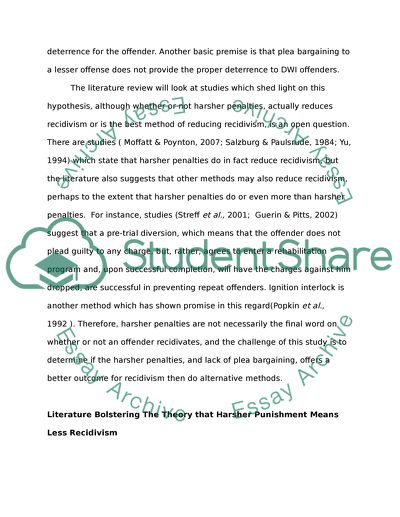Retrieved de https://studentshare.org/law/1391318-patterns-of-recidivism-related-to-case-dispositions-of-alcohol-impaired-driving-offenses-harsher-punishment-means-less-recidivism-theory
https://studentshare.org/law/1391318-patterns-of-recidivism-related-to-case-dispositions-of-alcohol-impaired-driving-offenses-harsher-punishment-means-less-recidivism-theory.


